Tired of boring math worksheets? Let’s talk about task cards. It’s no wonder teachers are falling in love with math task cards. If you know me, you know I love to get kids engaged in learning! Task cards are such an easy way to get kids practicing content specific math skills. Keep reading to find out how to use task cards in the classroom and ideas for task cards games!
What are task cards? Math task cards are a set of cards that have questions or tasks written on each of them. Generally, each deck of cards are designed to focus on a concept or skill. They can be wonderfully creative teaching tools! Looking for how to specifically teach two step story problems?
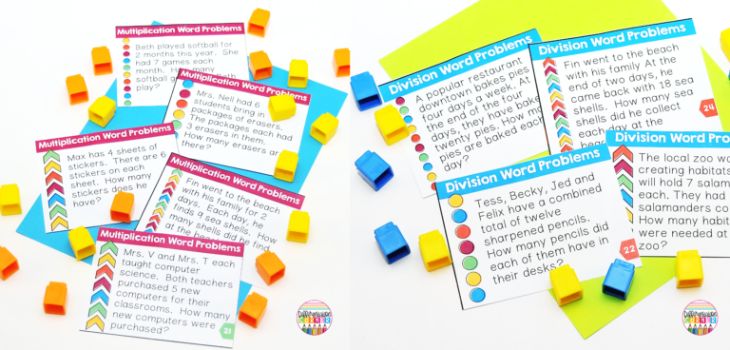
What do you do with task cards in the classroom?
1. Whole Group
I put them under my document camera or project them on my interactive whiteboard. Kids can show me their answers on their individual white boards. Or we can just work through the problem together as part of the lesson while I model my thinking process and problem solving aloud for them. When I do this, I usually pick a more challenging card to work through. I might even choose one card for each type of math problem represented in the task card deck.
2. Math Centers & Rotations
This is definitely the most popular way to use math task cards in the classroom and I totally see why! You can print and laminate these once and use them year after year. Most task cards come with an answer key so students can check their work. Teachers can be sure they are practicing the math concept correctly. You can also write answers directly on the back of each card. Task cards are an easy way to fill a math center with a review activity.
3. Task Cards for Differentiated Instruction
Using different sets of task cards for meeting the needs of small groups of students is a great way to differentiate math instruction! Sometimes within a deck of math task cards there are different types of questions or math problems with different levels of difficulty. You can sort through them and compile specific cards from the same deck or even combine cards from different decks of task cards to create the perfect blend for your students.
4. Exit Tickets
I love to give one final math task card at the end of the lesson or at the end of small group work. Sometimes each student gets their own task card, and sometimes I put one card under the document camera. Each student gets a sticky note or a small sheet of paper to record their answer. I can see right away who has it and who needs more practice. Easy formative assessment to create my small groups! I can also differentiate the exit tickets if I hand out cards individually. Struggling students will receive an easier math problem, and my enrichment group will receive a challenge math task card.
5. Early Finishers Activities
I don’t know about you, but my group of students never finish independent work at the same time. Ever. I have a small shelf of math task cards at the front of my classroom where students can choose a set of task cards to complete while they wait on their classmates. I have an answer sheet laminated for them to record their answers with a dry erase marker. This cuts down on me running to the copier daily. I rotate the cards as we move through math units. For this to be successful, students need to know the routine and expectations. Where should they get the task cards? How will they record their answers? Where will they turn in their work when they’re done?
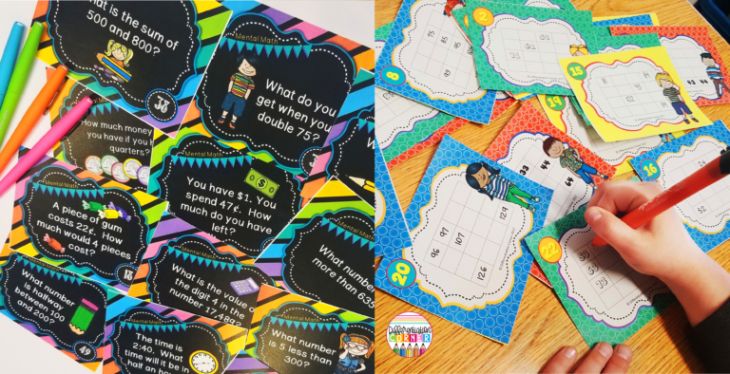
6. Formative Assessments
When students are recording their answers and you are checking their work, you are collecting data. Teachers use this to guide their instruction in so many ways. Who needs extra support? Who needs enrichment? Are there certain areas where all students are strong? Take notes on which students struggle in a specific area so you can support them in later lessons. Are task cards formative assessment? YES.
7. Emergency Sub Plans
We’ve all been there! Creating meaningful sub plans when you don’t feel well is such a pain. Task Cards to the rescue! Just plug in small group math task cards into your lesson plans and your students are engaged in review activities.
8. Spiral Review
Mix up several math task card decks with different skills. Your students will constantly be reviewing previously taught math concepts. You will be able to switch cards from time to time to keep the deck updated and fresh. Students will never notice if you end up repeating some cards from the beginning of the year in December.
9. Standardized Test Prep with Task Cards
Test prep is easy with math task cards! There are a variety of question types, like: true/false, multiple choice, short answer, etc. Use a different set of cards each day, or mix up different task cards. Your students can review so much content in a short amount of time. Need more test prep ideas for math?
10. Interactive Notebooks or Math Journals
Print each math task card out in black and white on regular paper. You can even shrink them down in your printing settings if they’re too large! Students tape or glue them into their math notebooks. Students can take notes on or around the card while you teach the math lesson.
11. Small Group Math Intervention
Honestly, task cards can seem more fun and motivating than other math intervention strategies and activities. They are most definitely less overwhelming than worksheets as they have only one math problem at a time. Math teachers can really target specific skills by selecting the most relevant task cards for struggling students to work through.
12. Parent Helpers or Classroom Volunteers
We love our classroom volunteers! But sometimes it’s just one more thing to come up with an activity for them to do with our students! The answer is TASK CARDS! Just put them in a basket with the answer key and a list of students or small groups of students that struggle with that math skill or concept.
13. Partner Game
Math task cards are great because they can be turned into games! Partners sit facing each other with a white board and a marker. The teacher reads a task card and students answer it on their boards. When the teacher calls out a signal word, like GO, the partners show each other their answers. They can keep track of points or not. It’s up to you and how competitive your class is.
14. Scoot Game
I’ve also heard this called “Around The Room.” Put the math task cards on each desk or around the classroom. Each student needs a recording sheet and a clipboard or whiteboard for something hard to write on. Students “scoot” to different math task cards when they hear a timer or the teacher say “Scoot!” or “Rotate!” or as they answer each math question. You can assign a time limit per card to keep things moving, or you can let them have as much time as they need. This gets them up and moving!
15. Scavenger Hunt
Talk about fun! Tuck math task cards in places around the room and have students hunt for them. Tape them on walls, doors, bookshelves, the pencil sharpener, etc. Students will have to be careful to record their answers on the correct number on the recording sheet. Give students a time limit to see how many they can find and solve. Want to mix decks? Just renumber the cards using small sticky notes to match a recording sheet! Easy Peezy!
16. Board Games
Math task cards will work with almost any board game students are familiar with! Connect Four, Checkers, Candy Land, Sorry, Chutes and Ladders, tic tac toe, Jenga, etc. will all work! Students just have to answer a task card math problem before making a move or taking a turn! The rest of the group must check the answer key or agree with the answer before a turn can be taken.
17. Whole Class Games
Easy: Split your math class into 2 teams. Call one team member up to the board at a time, set a timer or not, and have them work a task card – the same one, or different ones. Assign 1 point for the first correct answer.
Medium: Split your class into four or five teams. Each team gets a white board and a marker. Display one task card at a time under your document camera or on your SMART Board. Set a timer and let teams work together to solve the math task card. When the timer goes off, the teams hold up their answers. Teams with correct answers receive points. You can also decide if you’d like to award partial points for partially correct answers or multi step problems.
Difficult: Jeopardy! Separate your math task cards into different categories ahead of time and assign point values. Write the points on the back of the cards. (You can use different math task card decks or just one. By this point, you know I like to mix ‘em up!) Next, tape all of the cards on the wall in a grid with the points values showing and category names labeled above each column. Divide your class into teams. On a turn, the team selects a category and a point value. The team gets a fixed amount of time to answer the math question. If they are incorrect, you can allow other teams to steal the points.
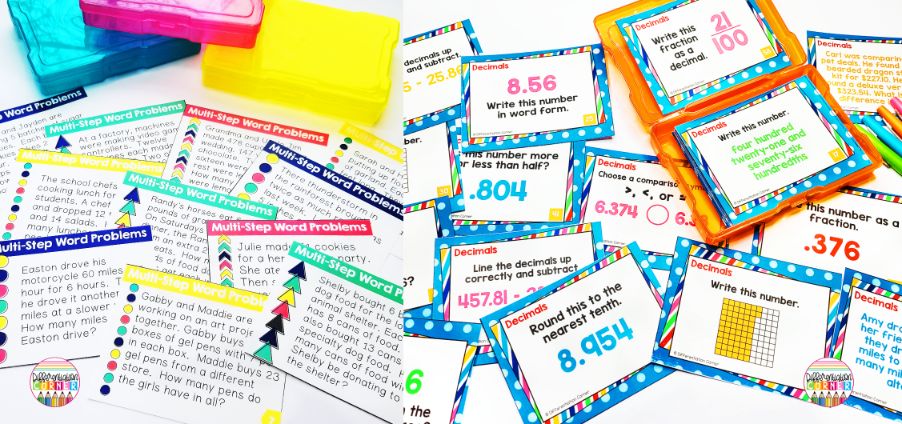
BONUS: Terrific Task Card Tips
- Laminate them so students can write directly on them with dry erase markers! Plus, they will last much longer.
- Photo boxes are the perfect size for organizing and storing task cards. I have also used Sterilite 3 drawer units, zip lock baggies, pencil boxes and recipe card holders.
- Group task cards together by skill and concept. I tried to keep my task cards in the order that I taught them. That ended up not working for a number of reasons. (changed curriculum, reviewing skills, student needs, ect.)
- Label your cards. Even if they don’t come with a label, you can jot down the name of them on a piece of paper or index card and tape it to the container. You’ll thank me later!
- Self Correcting or Self Grading Task Cards or Boom Cards are really cool! I may be a little obsessed with them. I’ve made 119 decks so far. Here’s why I love them. Check out the teacher’s guide for Boom Cards. Grab a free set of math task cards for BOOM while your over there reading!
Are you already in love with task cards? What would you add to this list?
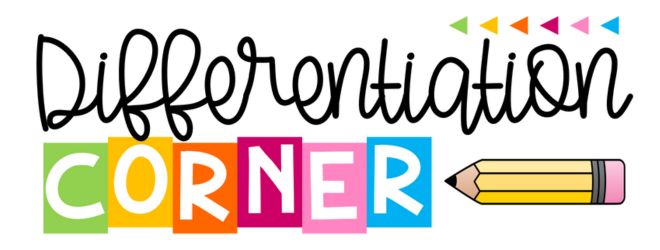






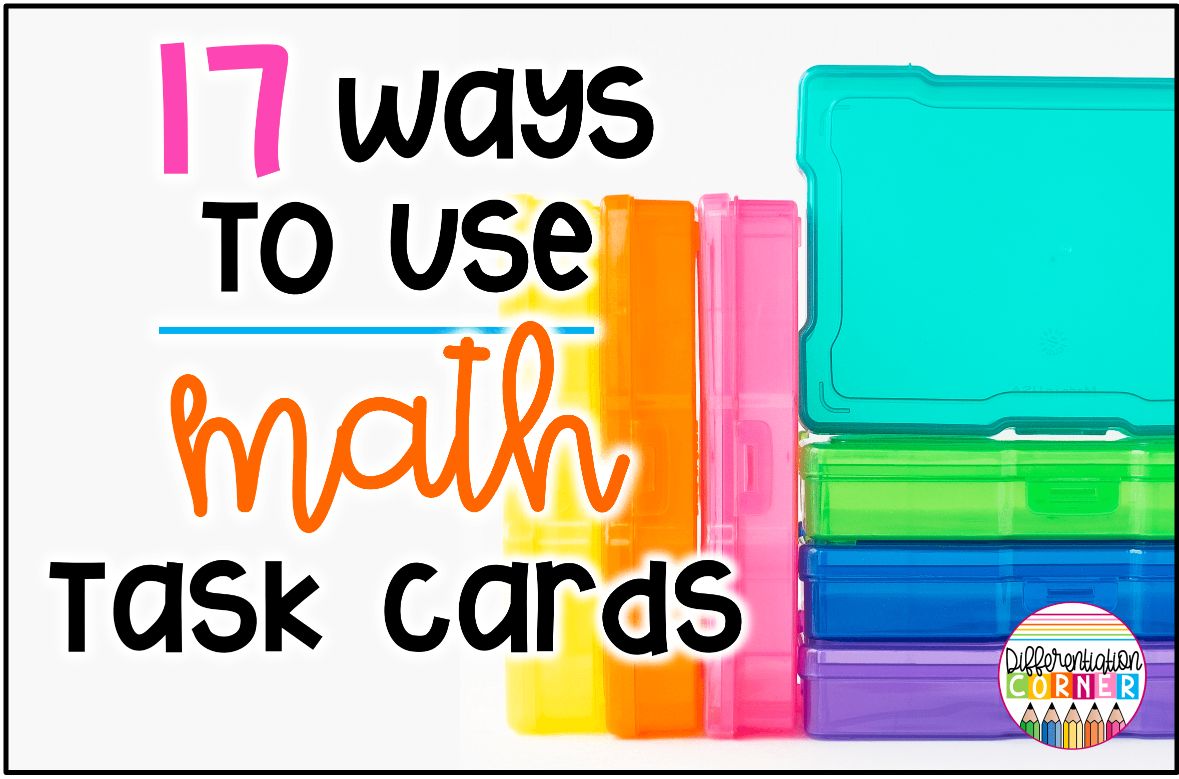
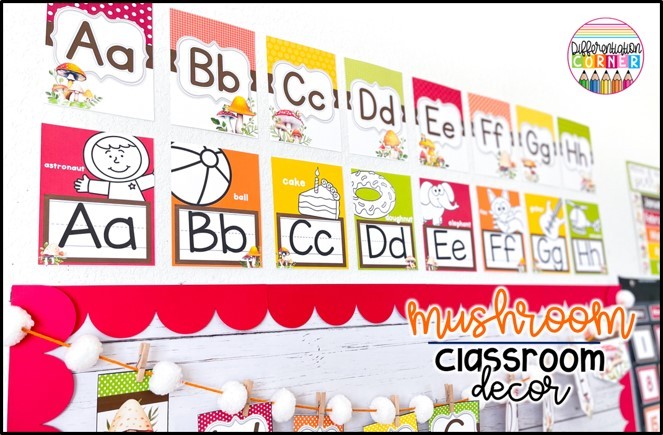
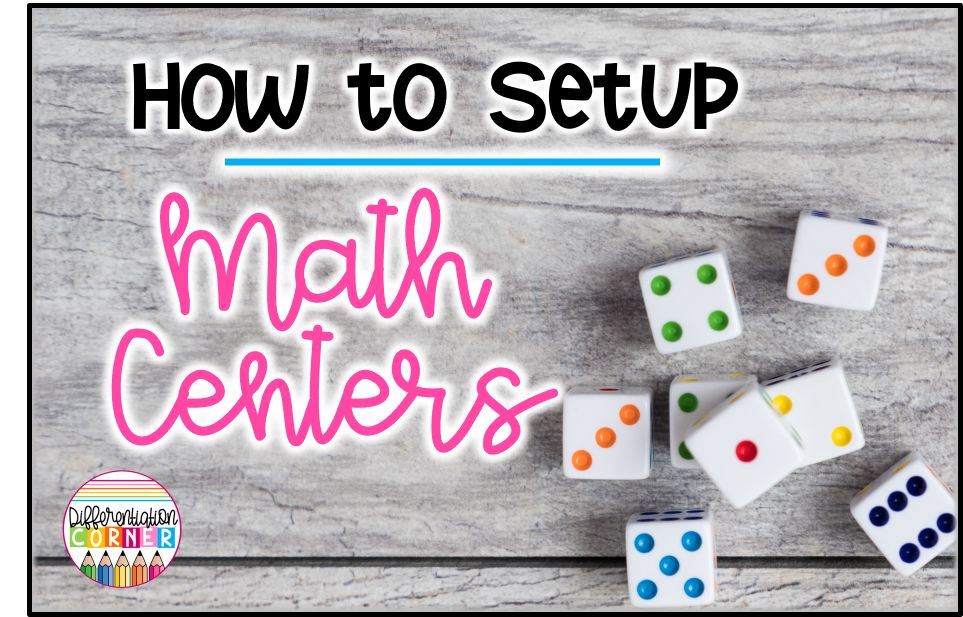


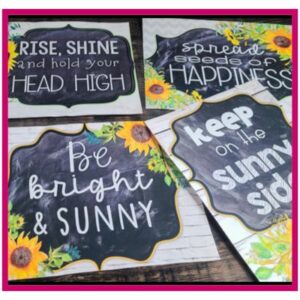
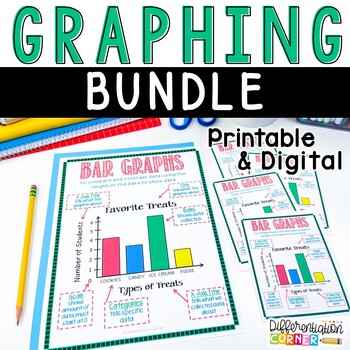
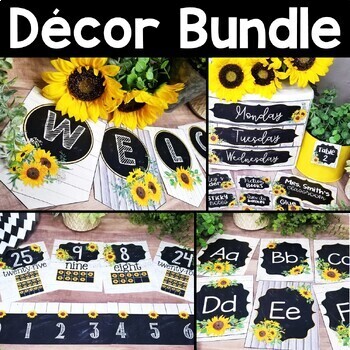
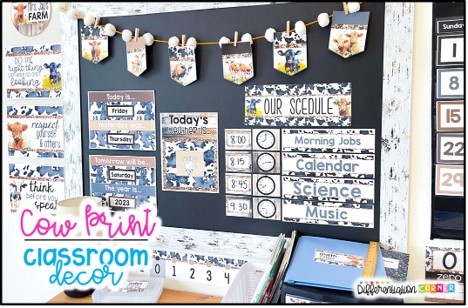
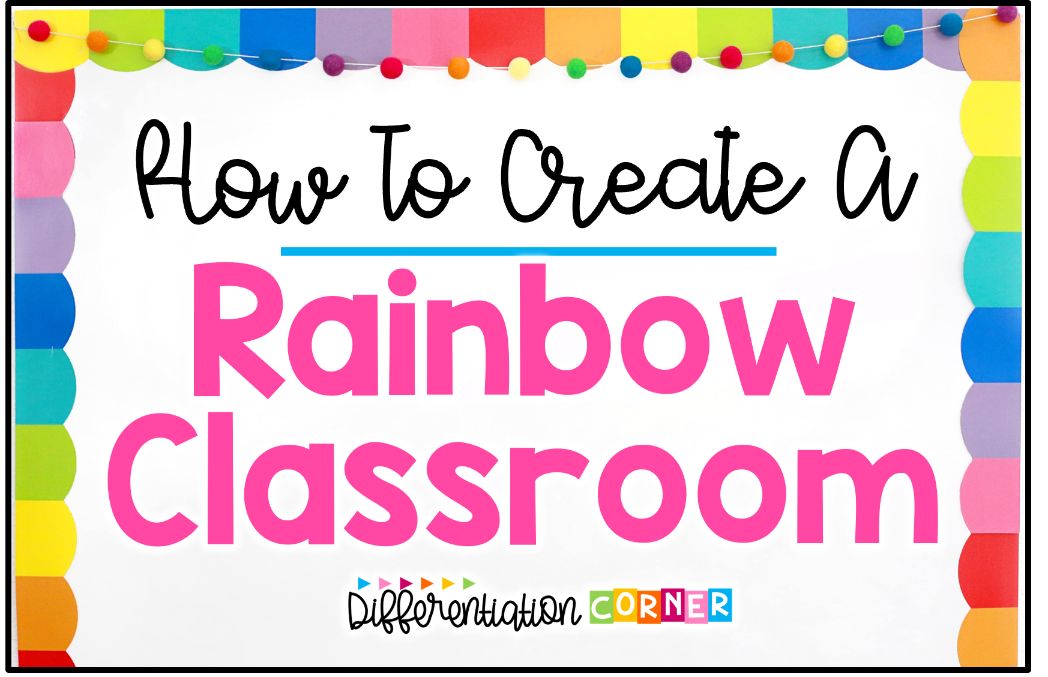
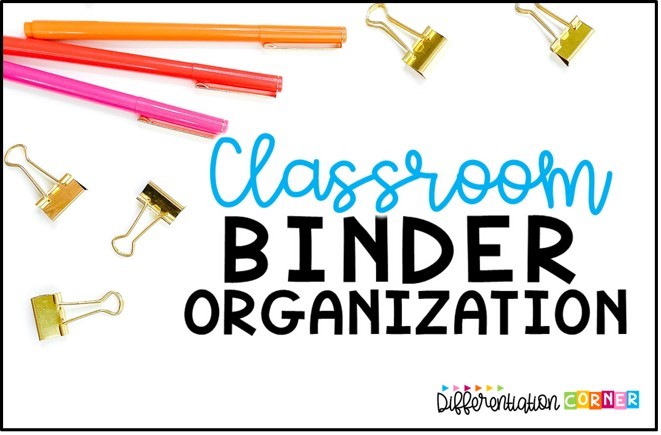
One Response